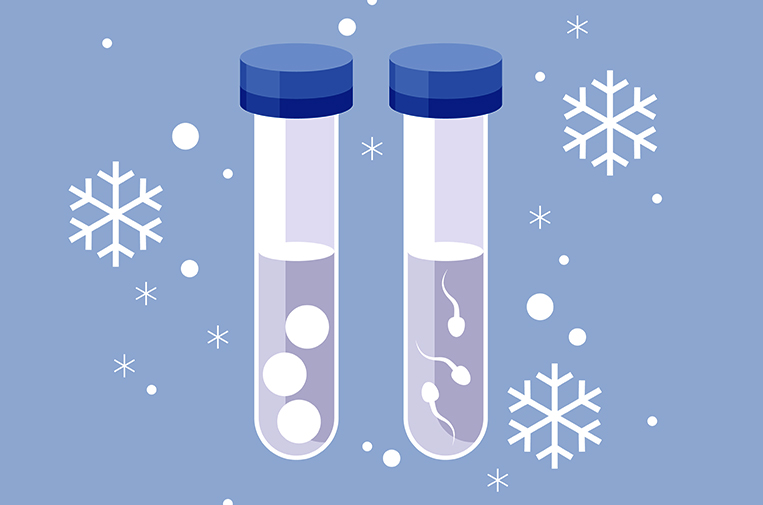The latest data show an increasing number of women opting for eSET during IVF to avoid a twin pregnancy and the accompanying health risks.
The most recent report from the Society for Assisted Reproductive Technology (SART) breaks down success rates from fertility clinics throughout the nation, including our own. These SART reports can be overwhelming and confusing at first glance, though we do offer some helpful tips on how to make sense of the statistics.
There is one very important part of the report that is often overlooked: The number of women choosing to transfer just one embryo. This is called elective single embryo transfer (eSET), and more women are doing it in conjunction with in vitro fertilization (IVF) in hopes of achieving a healthy singleton pregnancy.
So why does this matter? Why does RSCBA proudly report our eSET numbers and encourage many of our patients to consider single embryo transfer? Because singleton pregnancies are healthier for both mom and baby, posing significantly fewer risks and complications in pregnancy and birth than pregnancies of multiples.
The 2014 SART numbers show that over 64 percent of women under the age of 35 receiving IVF treatment at RSCBA attempted pregnancy through eSET. This is up from just over 61 percent in 2013, and it is double the 2014 national average of 32.4 percent. We’re very proud of these numbers, as they validate our commitment to making IVF pregnancies as safe as possible for our patients.
When 2015’s numbers are released in the spring of next year, we expect our eSET numbers to continue their upward trend, a trend that we hope fertility clinics all over the world will follow.
Single embryo transfers and pregnancy rates
eSET is associated with a slightly lower pregnancy rate than multiple embryo transfers. However, according to the American Society for Reproductive Medicine (ASRM), that small reduction is largely attributed to eSET being used in cases in which the woman is not a good candidate (more on that below). It is also important to note that couples choosing eSET can freeze the embryos they do not transfer immediately, saving them for use in future cycles if they fail to become pregnant after the first round or, potentially, for a subsequent pregnancy.
In the early days of reproductive medicine, transfers of two or more embryos were the norm to help increase the odds of pregnancy. This often meant that women undergoing IVF got pregnant with twins or more. Today, ASRM reports that 30 percent of IVF pregnancies are twins and 3 to 4 percent are triplets or higher. That percentage is quite high given all we know today about the risks of multiple pregnancies.
While it seems that many mothers carry multiples into the world without complication, the risks associated with multiple-birth pregnancies are substantial and include:
- Premature birth (60 percent of twins are delivered preterm)
- Low birth weight (usually relating to premature birth)
- Birth defects
- Miscarriage
- Preeclampsia (dangerously high blood pressure in the mother)
- Increased chance of cesarean delivery.
As we’ve gotten better and better at growing embryos in the lab and have developed more tools for evaluating which embryos are most likely to lead to pregnancies, the case for transferring multiple embryos at once is hard to make.
Who’s the best candidate for single embryo transfer?
Usually, elective single embryo transfer is recommended for patients who are aged 38 or younger. This is due to the fact that younger patients naturally produce eggs (and therefore embryos) of higher quality. Other criteria for eSET include having two or more healthy embryos and not having previously failed with IVF.
For women over 38, eSET should not be ruled out. Often preimplantation genetic screening can be used to help women over the age of 38 identify a single quality embryo for transfer. Preimplantation screening methods help any IVF patient identify quality embryos, giving them an even better chance at success with a single embryo transfer. Many of our patients are choosing genetic testing in order to select an embryo for transfer that is free of genetic defects.
As in all treatment decisions, whether or not to use eSET is an important choice for each patient to make after weighing all of the available information and their doctor’s insight. Our goal at RSCBA is to provide our patients with the knowledge they need and the confidence in our success rates to make the choice that is best for them.






